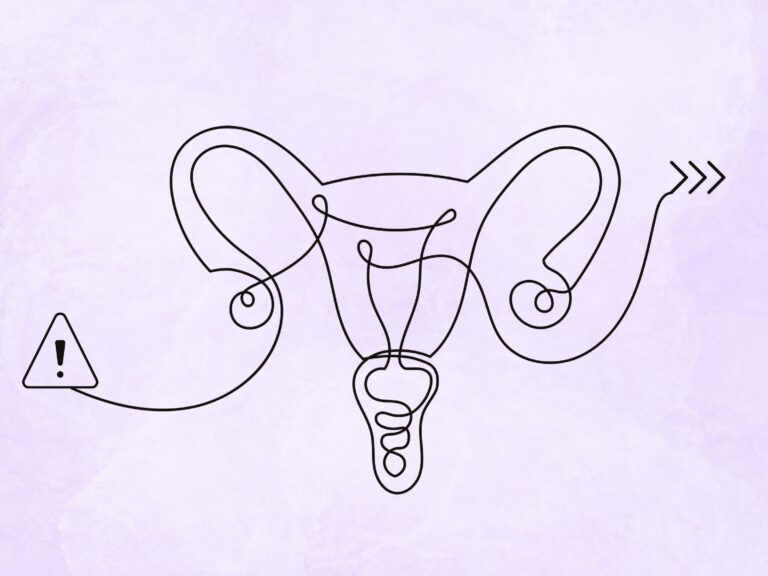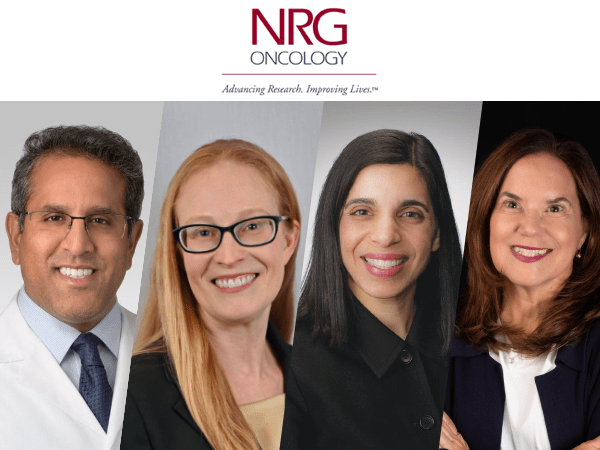The facts of my story about UCSD Moores Cancer Center in last week’s issue of The Cancer Letter (June 2, 2023) don’t seem to be in dispute.
In a nutshell, UCSD Moores needs to hire a new director in a hurry. Also, the center needs to recruit at least six senior leaders, update the clinical trials infrastructure, and complete an application for redesignation by NCI.
All of this must happen within the next 12 months.
Nothing in the statements and letters triggered by the story suggests a need for a correction.
The EAB process moves at its pace, but, in all honesty, is not often frank about disclosing problems that may impact patient welfare and quality of care. The EAB will go forward—leaks or no leaks—it isn’t that fragile!
Arthur Caplan
The issue is more nuanced. The question is whether this story should have been written at all. Or, to phrase it differently: Should journalists focus on stories where the External Advisory Boards are involved?
The EABs play a crucial role in the functioning of NCI-designated cancer centers. George Weiner, director emeritus of University of Iowa Holden Comprehensive Cancer Center, makes this point beautifully in an opinion piece on the cover of this issue of The Cancer Letter.
“Cancer centers are complex organizations, and information worthy of public airing on areas of disagreement or dysfunction within cancer centers and their institutions can come from a variety of sources,” Weiner writes. “However, EAB members, EAB deliberations, and EAB reports should not be among them.”
A letter from the UCSD Moores EAB speaks to the specifics of the controversy at the cancer center:
It is important to understand that the interactions between an EAB and a cancer center are an iterative dialogue, in which initial perceptions and concerns can be clarified and addressed. The leak and publication of documents from this process in the case of MCC essentially interrupted that critical dialogue.
What has been published is therefore a snapshot of a discussion which ignores the iterative process that follows. When these iterative discussions are leaked prematurely, a larger issue is at stake—the integrity and ability of an EAB to provide honest reviews to help a cancer center improve and achieve its maximum potential is in jeopardy.
In the letter, the EAB members state that “they did not provide The Cancer Letter with any communications or documents containing confidential EAB recommendations.”
The full text of the letter is available here.
We at The Cancer Letter have no plans to start covering the EABs the way we cover NCAB and ODAC. In this case, I started asking questions after learning that Joseph Califano had announced he would be stepping down from his job as director after a bit more than 6 months.
As I state in the story, I conducted multiple interviews and obtained documents. As I drilled in, I came across more worrisome facts about an attrition of faculty leaders, inadequate resources, and assessments of the CTO.
My story doesn’t suggest that there was harm done to any patients. One of my sources, who is not identified by name, discusses a risk of harm.
I learned also that the EAB had met with Patty Maysent, CEO, UC San Diego Health, and John Carethers, MD, vice chancellor UC San Diego Health, to discuss the problems.
Many people in oncology needed to know this. People in San Diego needed to know that their area’s only NCI-designated Comprehensive Cancer Center was in danger of losing its designation. There was no time to waste. I saw a situation where a burst of sunlight would be therapeutic.
After seeing the letter from the UCSD Moores EAB members, I asked Arthur Caplan, the Mitty Professor of Bioethics at NYU Grossman School of Medicine, whether I should have dropped the story because an EAB was involved.
“I don’t think it is wrong to publish what you learn from trusted sources,” Caplan said to me. “The EAB process moves at its pace, but, in all honesty, is not often frank about disclosing problems that may impact patient welfare and quality of care. The EAB will go forward—leaks or no leaks—it isn’t that fragile!”
Also, I forwarded all these materials to Donald “Skip” Trump, a historian of cancer centers, who has served as president and CEO at Roswell Park Cancer Institute, and, most recently, as president and executive vice president at Inova Schar Cancer Institute.
In the current situation at Moores, I can only wish all involved the very best and hope this conflict will be resolved as soon as possible and that the programs of this important cancer center will emerge from this firestorm stronger and more resilient
Donald “Skip” Trump
“Dr. Weiner is very probably the director of an NCI cancer center most experienced with hosting, serving on, and chairing EABs. Based on my experiences in hosting and serving on EABs, I could not agree more with all the points Dr. Weiner makes,” Trump said. “EABs are critical in maintaining the strength of each center in the NCI-designated cancer centers program.
“In addition, one cannot overestimate the importance for each EAB to provide hard-hitting constructive advice in a way that is transparent, objective, and above all, confidential.
“That said, I can envision circumstances in which the usual channels of communication of the EAB to the center director are insufficient to assure protection of the integrity and safety of patients involved in one or another cancer center program.
“Such circumstances must be very unusual—I, and presumably Dr. Weiner, have never seen or heard of such examples.
“In the current situation at Moores, I can only wish all involved the very best and hope this conflict will be resolved as soon as possible and that the programs of this important cancer center will emerge from this firestorm stronger and more resilient.”
Paul Goldberg is the editor and publisher of The Cancer Letter.








